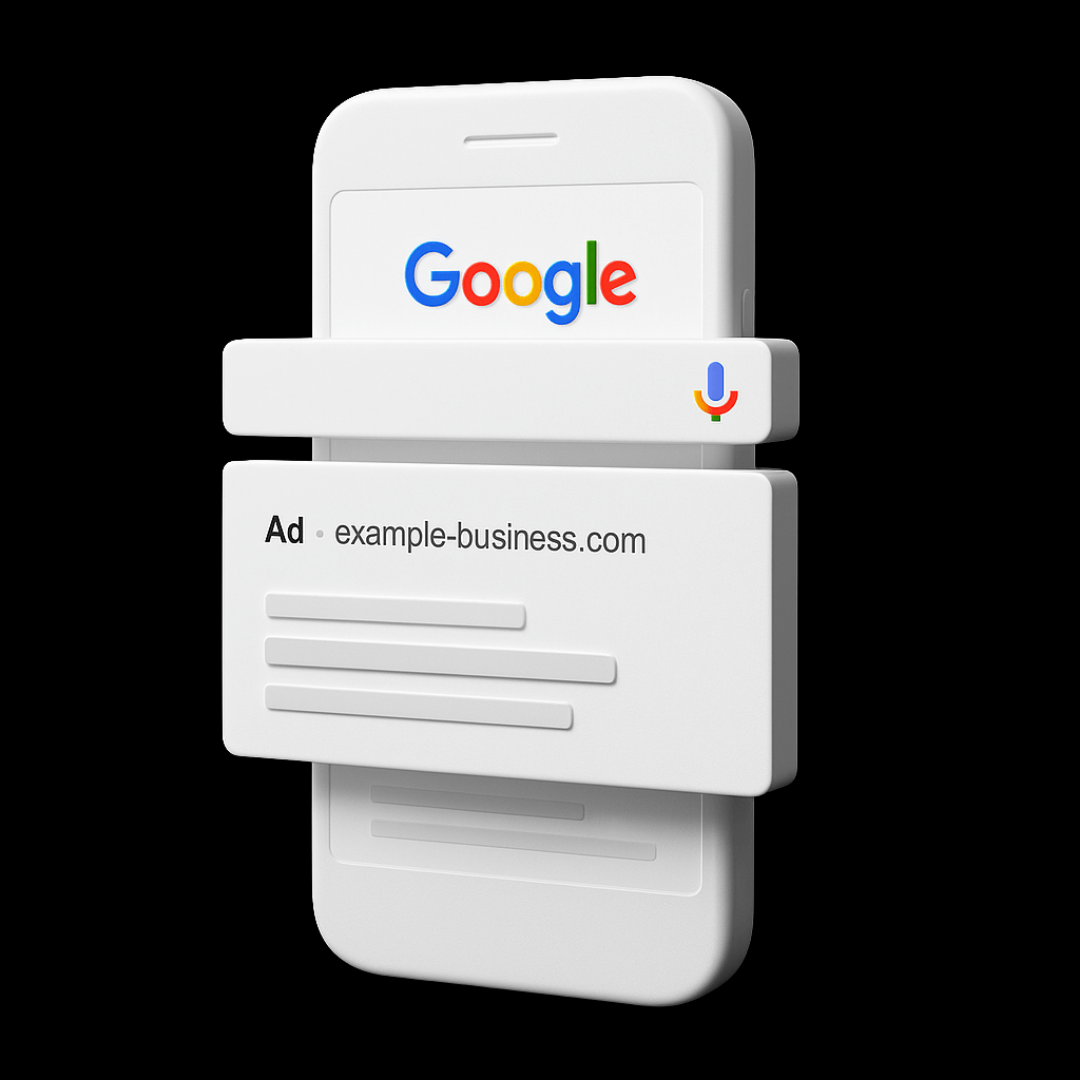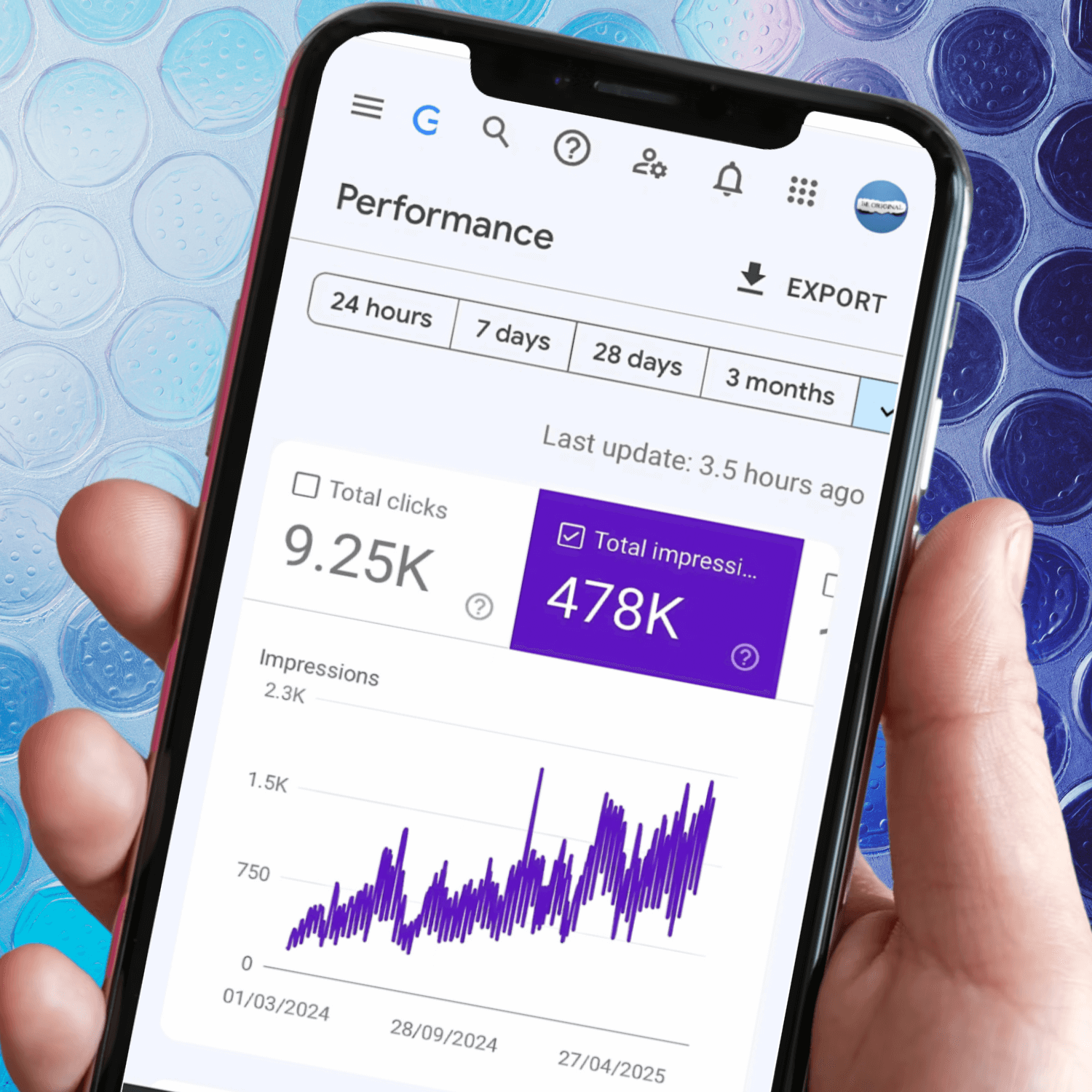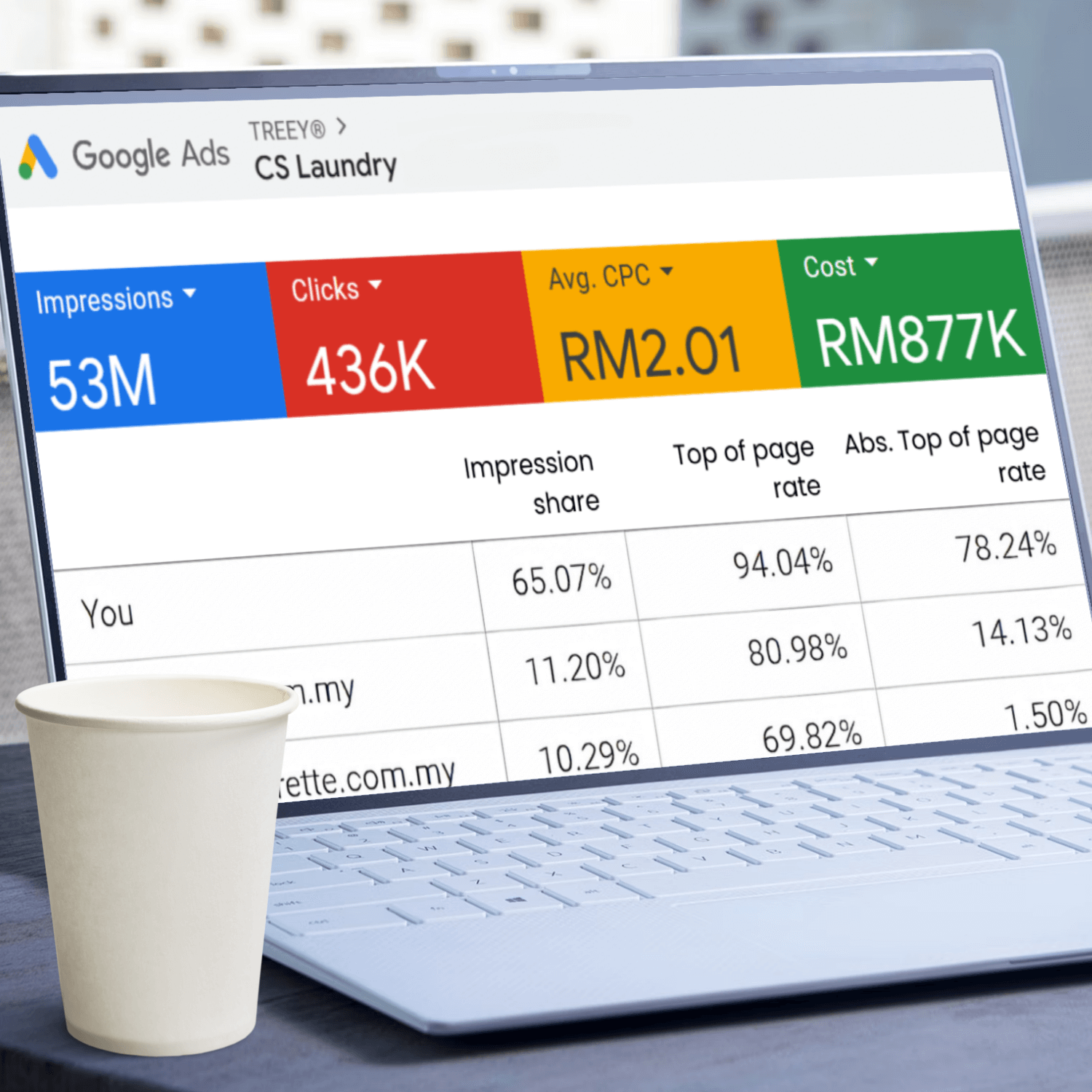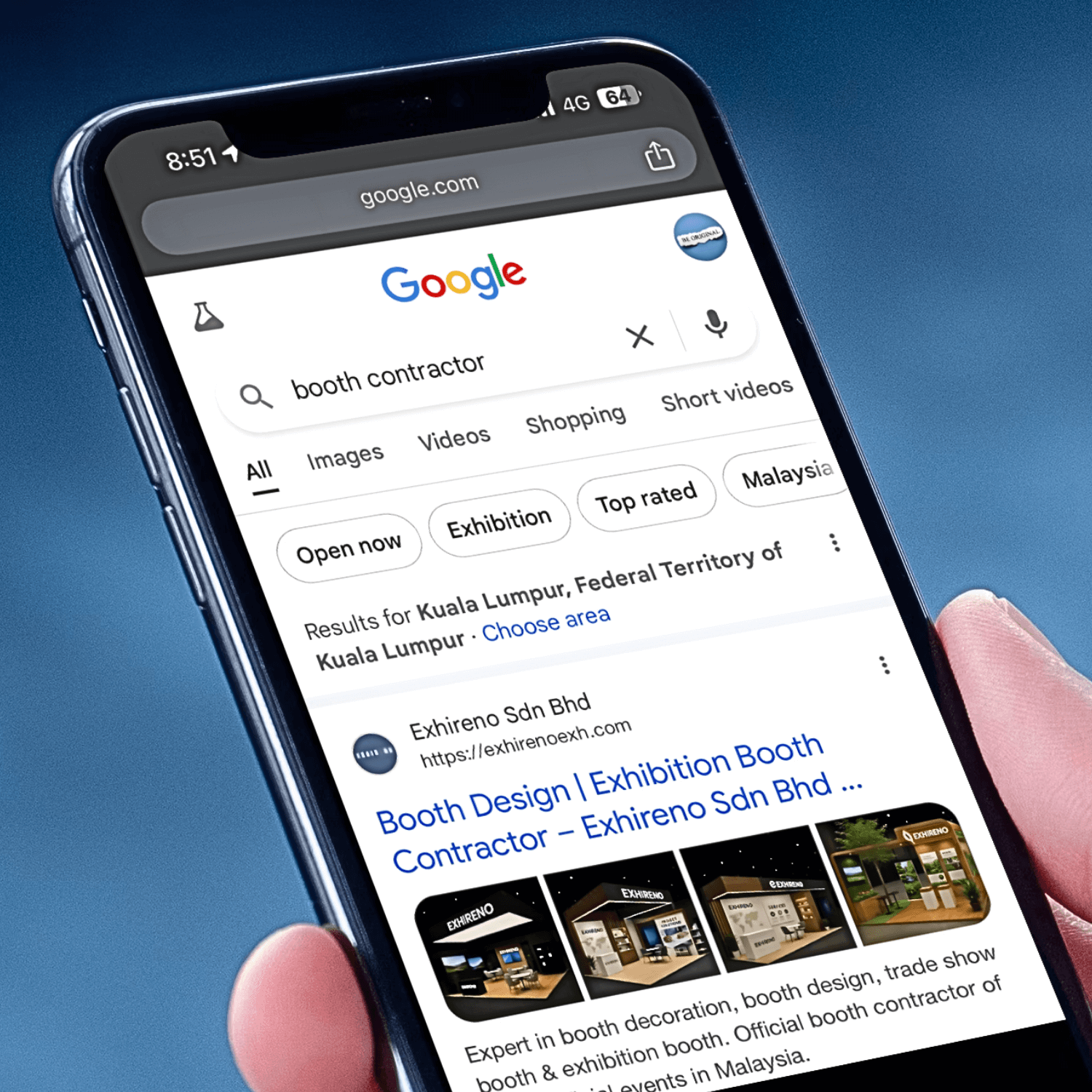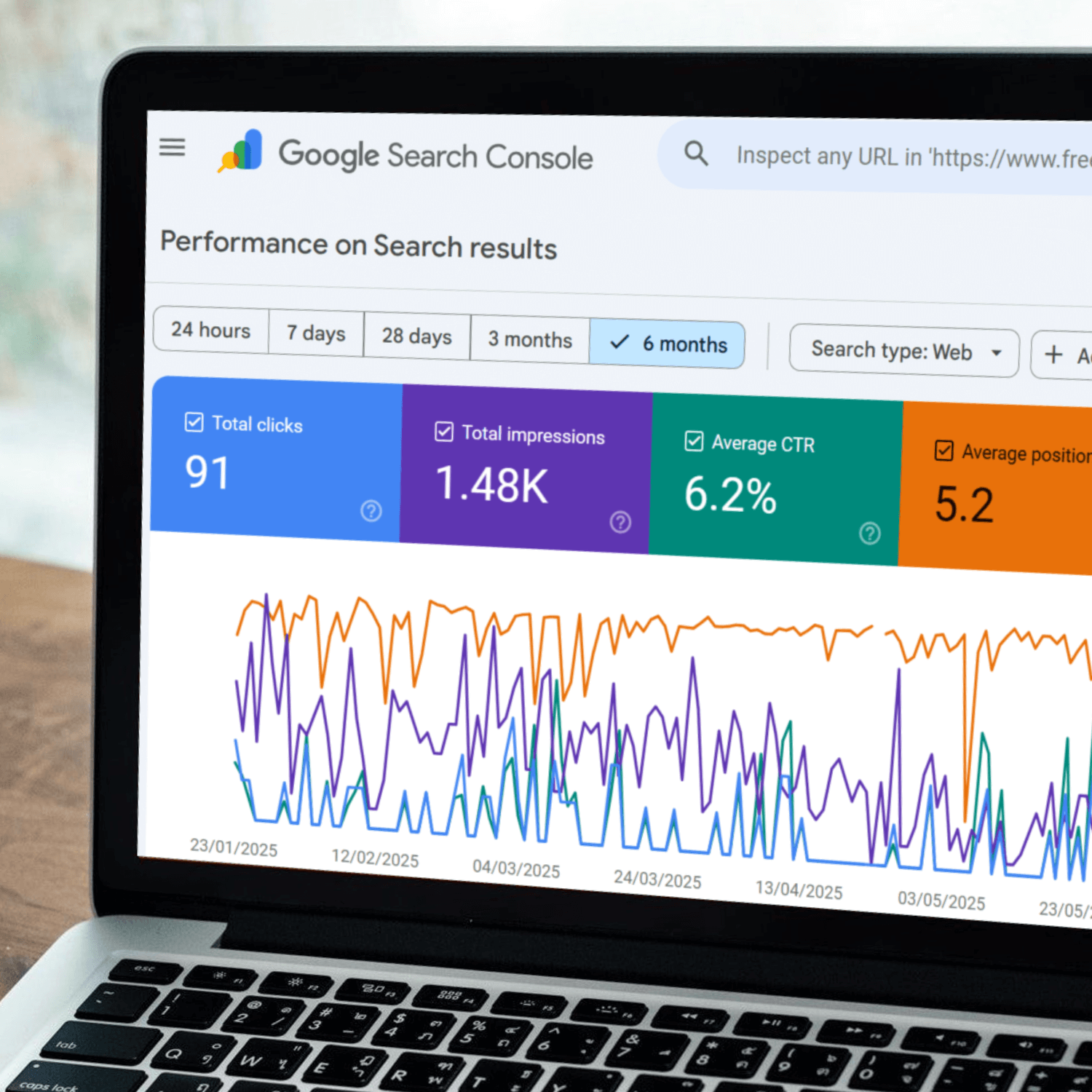SEO vs. AEO: What’s the Difference and Why It Matters
Still Relying on Traditional SEO? You Might Be Losing Half the Battle
If your website traffic is dropping and your Google rankings are unstable, you might still be using traditional SEO strategies. But here’s the thing—Google is no longer just a search engine. It has evolved into an Answer Engine.
That means optimizing for SEO (Search Engine Optimization) alone is no longer enough. You need to incorporate AEO (Answer Engine Optimization) as well. Otherwise, Google might extract your content and display the answer directly, leaving users with no reason to click on your website.
What Is SEO? (Search Engine Optimization)
SEO (Search Engine Optimization) is all about improving your website’s ranking on Google to attract more organic traffic. The key strategies include:
✅ Keyword Optimization – Researching high-value keywords and strategically placing them in titles, URLs, and content.
✅ Technical SEO – Ensuring fast loading speeds, mobile-friendliness, and structured internal linking.
✅ Content Optimization – Writing high-quality, in-depth articles with clear headings (H1-H3) and optimized images.
✅ Link Building – Getting high-authority websites to link back to you, increasing credibility.
But here’s the problem—Google is now providing direct answers to many search queries.
For example, if you search for "minimum wage in Malaysia 2024," Google immediately displays the number on the search results page. No clicks needed.
This is a nightmare for traditional SEO websites that rely on traffic.
What Is AEO? (Answer Engine Optimization)
AEO (Answer Engine Optimization) is about structuring your content so Google can feature it as a direct answer in:
- Voice search results – When users ask Google Assistant or Siri a question.
- Zero-click searches – When Google provides an answer without users needing to visit a website.
- Featured Snippets – The answer box that appears at the top of search results.
Example:
SEO vs. AEO: A Real-World Comparison
Let’s say you’re writing content on “How to Set Up Google Ads”. Here’s how SEO and AEO would differ:
🔴 Traditional SEO Approach (Less Effective):
❌ Title: "Google Ads Guide: How to Optimize Your Ads in 2024"
❌ Content: A 3,000-word article packed with keywords, but the actual steps are buried deep in the text.
❌ Result: Google sees the article as relevant, but users find it overwhelming, and Google might not pull the key information as a featured snippet.
✅ AEO-Optimized Approach (More Effective):
✅ Title: "How to Set Up Google Ads (3-Minute Guide)"
✅ First paragraph gives a direct answer:
To set up Google Ads, create an account, choose your campaign goal, set a budget, select keywords, write ad copy, and click "Publish" to launch your ad.
✅ Uses structured data (Schema Markup) to help Google identify key information:
- What are the most important steps for setting up Google Ads?
- What’s the minimum budget for a Google Ads campaign?
- How can you optimize an ad after launching it?
The result? Your content is more likely to be pulled into Google’s Featured Snippets, displayed at the top of search results, or even used for voice search responses.
The Smart Strategy: Combine SEO + AEO
If you’re still relying only on SEO, you’re missing out on major visibility opportunities. The best approach is to use both:
1️⃣ SEO ensures your webpage ranks high
2️⃣ AEO makes sure your content is selected as a direct answer
Don't let Google take your hard-earned traffic. If you want to rank higher AND get featured as an answer, let’s talk. We can help you optimize for both SEO and AEO to maximize your results.
About The Author ~ TREEY®
We elevate brands' online presence with SEO and Google Ads expertise since 2012. We work with only 2 companies per industry, helping them outrank 90% of competitors on Google Ads. No management fees on ad spend—just results, ethics, and zero conflicts of interest!

